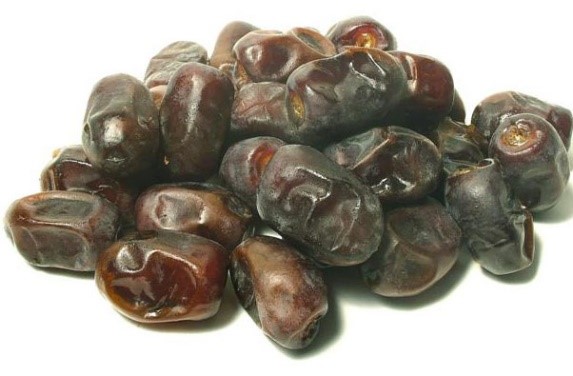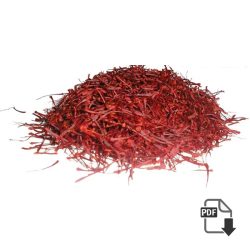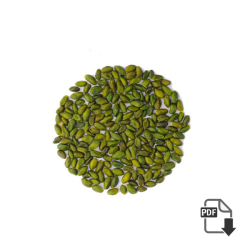Almond syrup
almond bloom | What is almond syrup and what are the benefits : Historically, almond syrup was an emulsion of sweet and bitter almonds usually made with barley syrup or in syrup of orange-flower water and sugar.
Grocer’s Encyclopedia notes that “Ten parts of sweet almonds are generally employed to three parts of bitter almonds”, however due to the cyanide found in bitter almonds, modern syrups generally consist of only sweet almonds.This article incorporates text from the public domain 1911 edition of The Grocer’s Encyclopedia.
Please for more information or any inquiry click here ……
Culinary uses
Smoked and salted almonds.While the almond is most often eaten on its own, raw or toasted, it is used in some dishes. It, along with other nuts, is often sprinkled over desserts, particularly sundaes and other ice cream based dishes.
It is also used in making baklava and nougat. There is also almond butter, a spread similar to peanut butter, popular with peanut allergy sufferers and for its less salty taste.
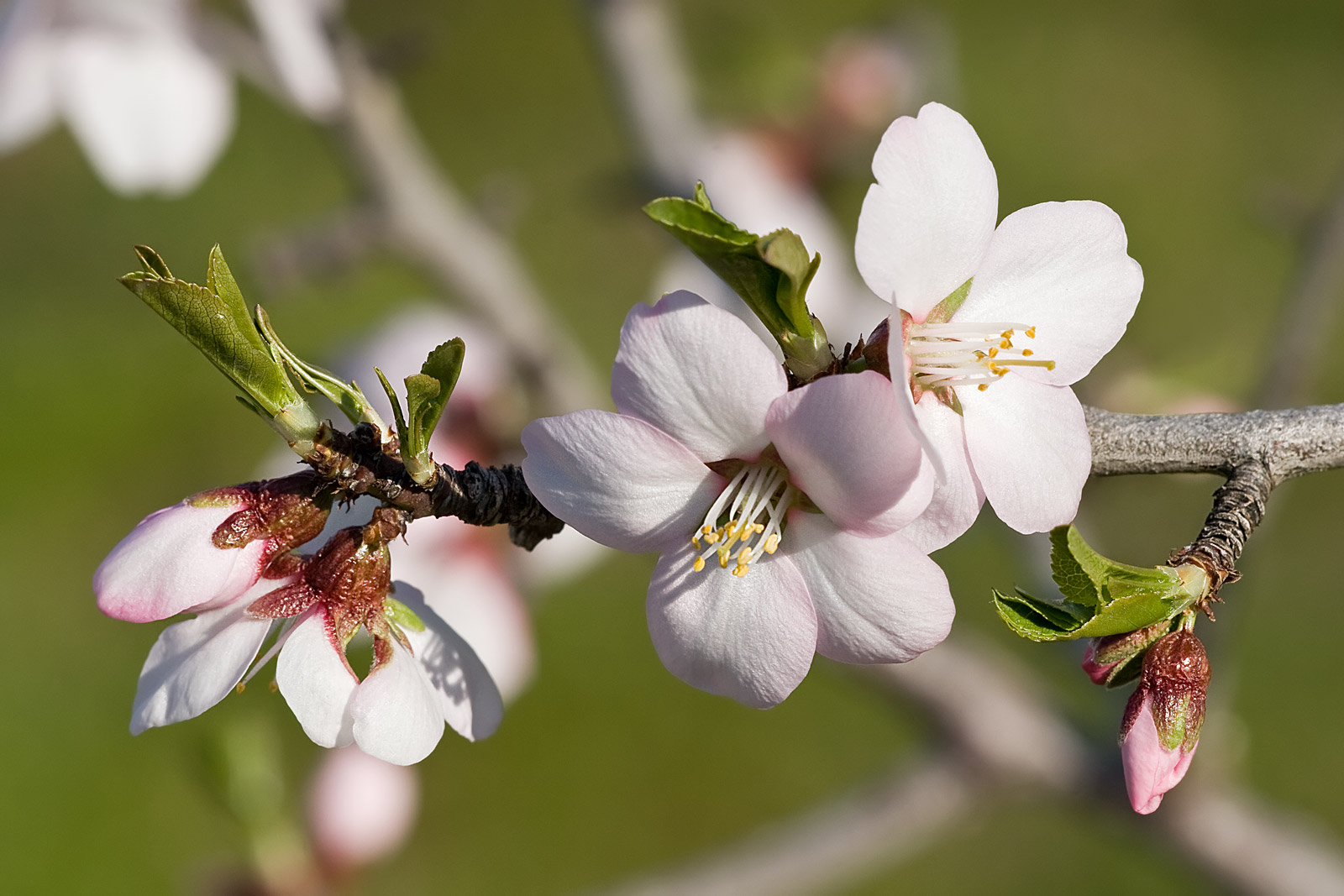
The sweet almond itself contains practically no carbohydrates andmay therefore be made into flour for cakes and biscuits for low carbohydrate diets or for patients suffering from diabetes mellitus or any other form of glycosuria.
A standard serving of almond flour, 1 cup, contains 20 grammas of carbohydrates, of which 10 g is dietary fiber, for a net of 10 g of carbohydrate per cup.
This makes almond flour very desirable for use in cake and bread recipes by people on carbohydrate-restricted diets.Almonds can be processed into a milk substitute simply called almond milk; the nut’s soft texture, mild flavor, and light coloring make for an efficient analog to dairy, and a soy-free choice, for lactose intolerant persons, vegans, and so on.
Raw, blanched, and lightly toasted almonds all work well for different production techniques, some of which are very similar to that of soymilk and some of which actually use no heat, resulting in “raw milk”.Sweet almonds are used in marzipan, nougat, and macaroons, as well as other desserts. Almonds are a rich source of Vitamin E, containing 24 mg per 100 g.
They are also rich in monounsaturated fat, one of the two “good” fats responsible for lowering LDL cholesterol.The Marconi variety of almond, which is shorter, rounder, sweeter, and more delicate in texture than other varieties, originated in Spain and is becoming popular in North America and other parts of the world.
Marconi almonds are traditionally served after being lightly fried in oil, and are also used by Spanish chefs to prepare a dessert called terror.In China, almonds are used in a popular dessert when they are mixed with milk and then served hot. In Indian cuisine, almonds are the base ingredient for posada-style curries.
Cultural aspects
The almond is highly revered in some cultures.The tree grows in Syria and Israel, and is referred to in the Bible under the name of “Calqued”, meaning “hasten”, or the literal Hebrew meaning “Awakening One”, an appropriate name since the Almond tree is one of the first trees to flower at the close of winter, around late January/early February in Israel.
According to tradition, the rod of Aaron bore sweet almonds on one side and bitter on the other; if the Israelites followed the Lord, the sweet almonds would be ripe and edible, but if they were to forsake the path of the Lord, the bitter almonds would predominate.
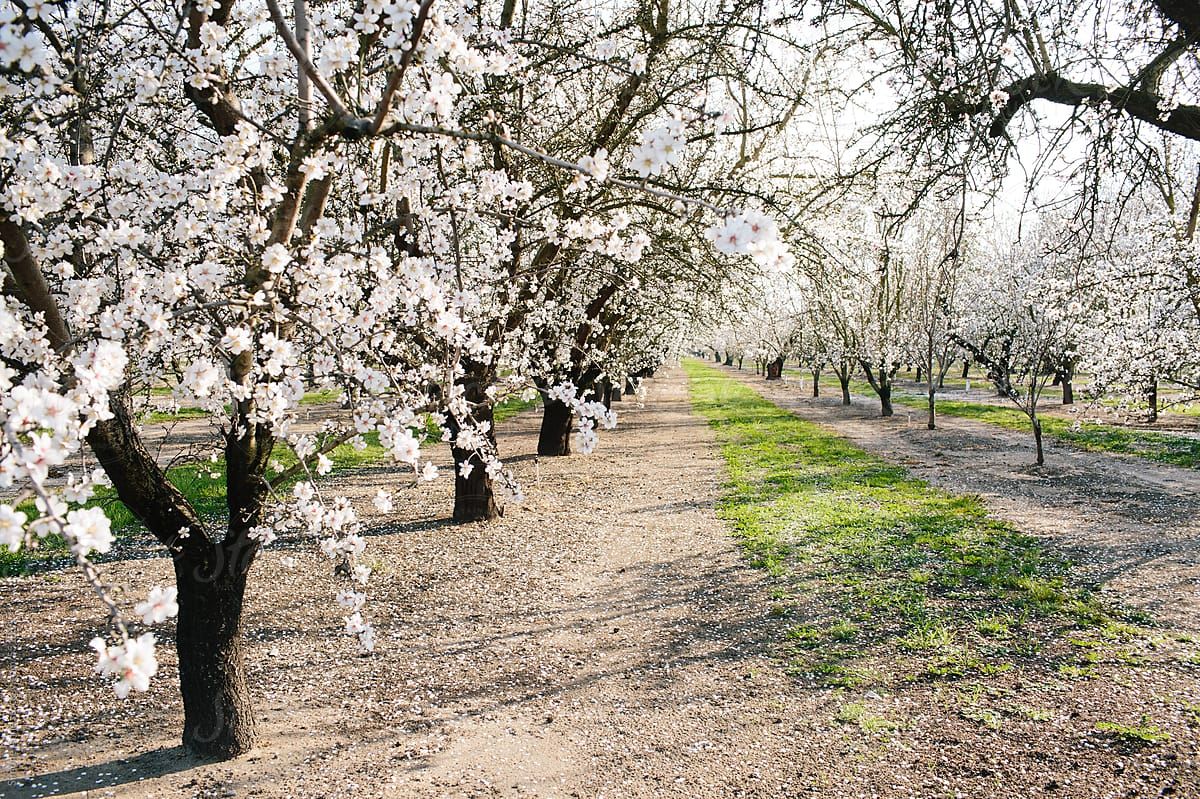
The almond blossom supplied a model for the menorah which stood in the Holy Temple, “Three cups, shaped like almond blossoms, were on one branch, with a knob and a flower; and three cups, shaped like almond blossoms, were on the other…on the candlestick itself were four cups, shaped like almond blossoms, with its knobs and flowers” .
Similarly, Christian symbolism often uses almond branches as a symbol of the Virgin Birth of Jesus; paintings often include almonds encircling the baby Jesus and as a symbol of Mary.
The word “Luz”, which occurs in Genesis 30:37, and which some translations have as “hazel”, are supposed to be another name for the almond.In India, consumption of almonds is considered to be good for the brain, while the Chinese consider it a symbol of enduring sadness and female beauty.
Please for more information or any inquiry click here ……
All Type Of Almonds
-
Mamara Almond Grade A Special wholesale price , analysis , sale offer
Mamara Almond : The almond is technically the seed of the fruit of the almond tree which is oval in shape, and buttery in taste. As is one of the most popular nuts, almond is not only well known in…


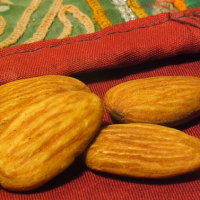

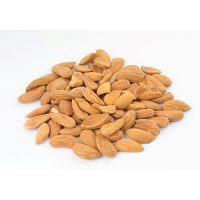
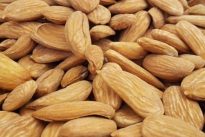



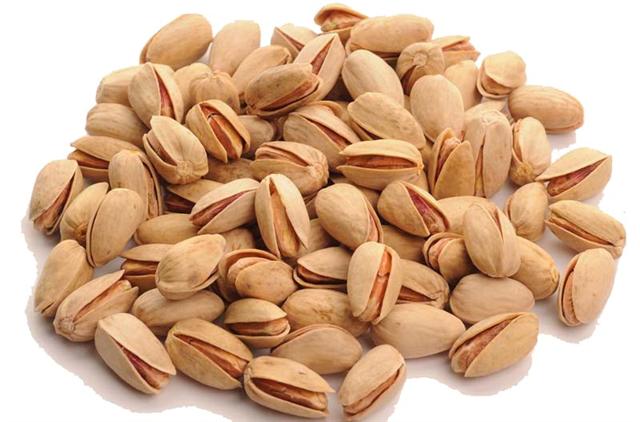
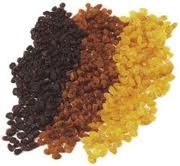 3 kind raisin
3 kind raisin 